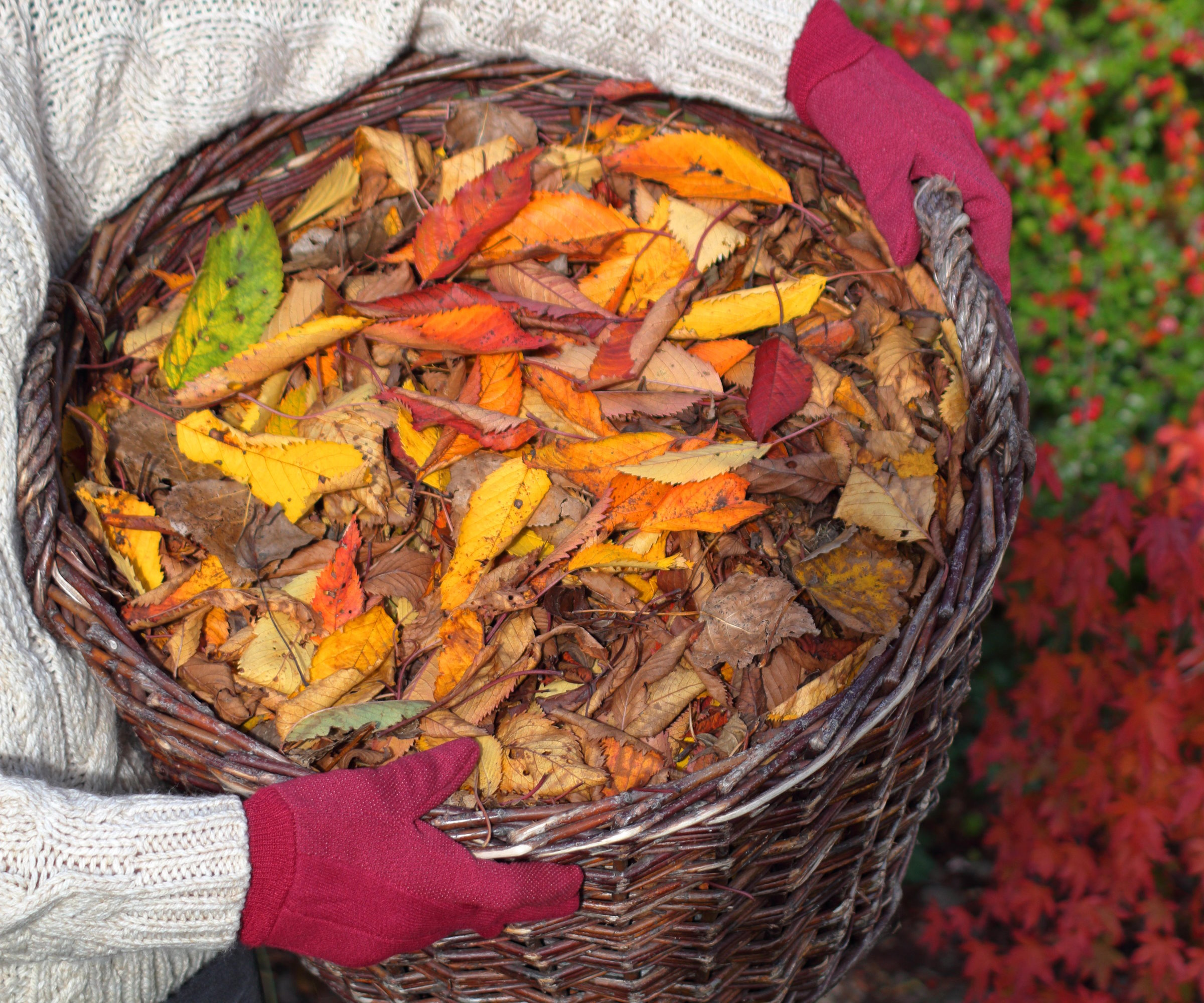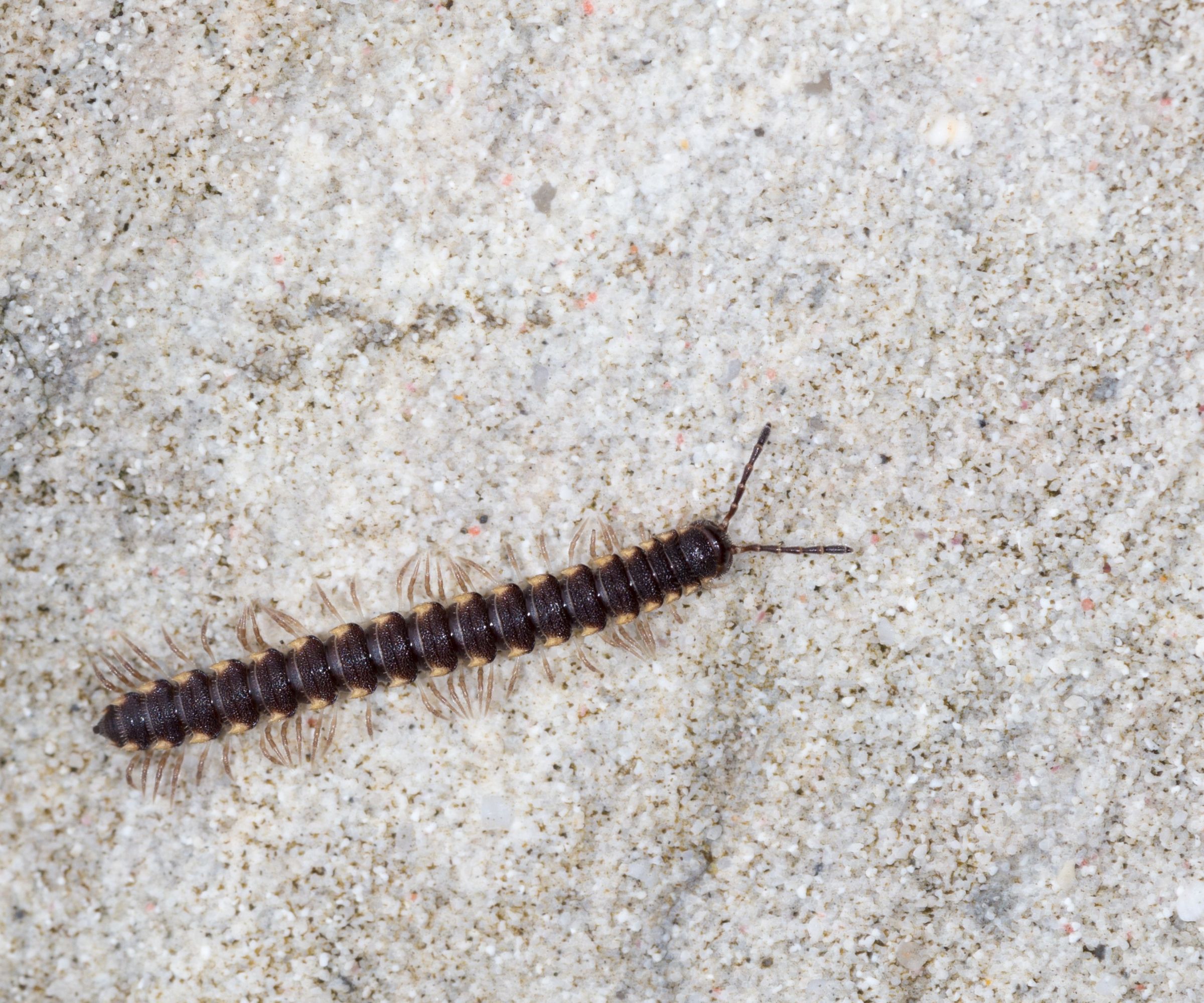
Unlike many other pests, millipedes are completely harmless, and can even provide a beneficial service for your garden by breaking down decomposing materials that can return to the soil as nutrients. However, this doesn't mean they're something you want in your home.
We asked pest and garden experts how to get rid of millipedes and keep them away from your home for good. According to the pest and lawn pros, the best way to tackle millipedes is with a three-pronged approach: making your home inhospitable for them by removing attractants, using traps to relocate those that are already in your home, and implementing preventative measures, such as pest-repellent plants, so they don't return.
Below are six simple techniques to effectively and humanely banish millipedes from your home.
How to get rid of millipedes
'Millipedes are actually great bugs to have around, especially in your garden. If you're seeing them around your yard, I really recommend just leaving them be,' recommends Ryan Farley, CEO of LawnStarter. 'They're valuable decomposers in the ecosystem and will ultimately benefit your garden.'
'In your home, you can simply catch them and relocate them outside. If you're seeing lots of them indoors, it might be a matter of pruning back landscaping that's touching the house or moving wood or leaf piles that might have accumulated too close to your walls.'
1. Ensure your space is inhospitable for millipedes

When it comes to removing millipedes from your home, prevention is key. Making sure your space is an inhospitable environment for millipedes – removing any attractants that may encourage them to venture into your home – should keep them away and drive any already in your home to relocate.
'Millipedes are elongated, cylindrical arthropods that thrive in damp, dark environments and feed on decaying organic matter,' explains Tony O'Neill, a gardening expert and chief content editor at Simplify Gardening. If you want to get millipedes out of your home, your first step should be to remove these elements.
Reduce moisture
Millipedes thrive in moist, damp areas, so keeping your home as dry as possible will make it less appealing to them.
'Divert rainwater away from the house. Clean the gutters and check to see if downspouts are properly directing water away from your house,' advises Kevin Carrillo, pest control specialist and the senior project manager for MMPC.
'Use a dehumidifier to remove excess moisture in the air by reducing your homes humidity. Millipedes are drawn to moisture, so set up a dehumidifier to dry out your house. If you're unsure if the humidity levels in your home are too high, purchase an inexpensive hygrometer, such as this one from Walmart.' The best place to put a dehumidifier are areas prone to moisture, such as your basement, bathroom, kitchen, and any crawl spaces. The best humidity level in your home is between 30-50%.
Inspect for any moisture damage. Fix leaky faucets, hoses, and pipes you may have. Chrissie Handley, a lawn care specialist working for Online Turf, also advises: 'You should try and avoid overwatering. You can water your garden based solely on your plants' needs, and this should allow them to thrive without creating an excessively moist, millipede-friendly environment.'
Remove organic debris
Debris or potential habitats should be cleared to encourage millipedes to nest elsewhere. Millipedes are omnivores that prefer decaying plant matter such as damp or rotting wood, manure, grass clippings, and decaying fruit and leaves.
'Trim your lawn regularly and clear away leaf piles, grass clippings, mulch, and other organic materials from around your home’s foundation,' advises Tony O’Neill.
'Make sure vegetation is at least three feet away from the house and never touching,' says Brendan Polichronopoulos, pest control service professional at Local Pro Book. 'They will use vegetation as a ladder to gain entry into the home.'
Clean entryways, mudrooms, and indoor firewood storage, as these can provide sources of the organic matter that millipedes eat.
2. Remove millipedes

You can remove millipedes by hand (if you’re brave enough) or catch them in a container and relocate them outside, especially if the infestation is minimal and only one or two need removing. Millipedes don't move very fast and are, therefore, pretty easy to trap.
Chrissie Handley suggests, 'If you have a larger millipede infestation, in addition to creating an inhospitable environment, you can actually set up a ‘trap’ habitat (large rocks, areas of moist wood, etc.) to lure them into one spot, where you can then remove the group safely and humanely.'
Alternatively, Kevin Carrillo advises: 'To make your own millipede trap, connect two small plastic soda bottles and insert a small plastic tube. Place a bit of fruit into one of the bottles to act as bait for the millipedes. The millipedes will go through the tube and fall into the bottles without being able to get out.
'If you'd prefer, you can check the hardware store if you'd like to purchase a simple trap. Most millipede traps are designed with a light in the center that attracts the millipedes and sloped sides. This way, the millipedes are attracted by the light and climb into the trap but can't escape.' You can then remove them safely into your yard or garden, where they can break down decomposing materials that can return to the soil as nutrients.
3. Deter them

In combination to removing attractants for millipedes and any in your home, establishing a perimeter around your home with millipede repellents should ensure they stay away for good.
Create a repellent spray
'You may want to try some homemade pest spray using garlic or vinegar diluted with water into a spray bottle,' recommends Chrissie Handley. 'The strong potent smell should deter millipedes and other unwanted pests like aphids and mosquitoes.'
To make a garlic spray, puree two bulbs with one tablespoon of vegetable oil. Let it sit overnight and strain it. Then, add one teaspoon of mild liquid soap and four cups of water to fill the spray container.
To create a vinegar spray, simply mix one cup of white vinegar with three cups of water. Add half a teaspoon of dishwashing soap to help the solution adhere. Re-apply this solution daily around areas where millipedes may enter your home or anywhere you want to keep them away from.
Use repellent plants
Employ scents pests hate to deter millipedes by creating barriers around the foundation of your home. Marigolds, nasturtiums, and pennyroyal are some plants that millipedes do not like.
Use diatomaceous earth
While we do not recommend killing millipedes, diatomaceous earth (DE) is a highly effective way to create a millipede-proof perimeter and can be used as a last option. Jeremy Yamaguchi, CEO of Lawn Love, explains: 'DE is a naturally occurring substance that is ground into a powder-like material. It can kill anything from insect larvae to clover mites to yellow jackets to millipedes within minutes of contact. While wearing disposable gloves, you can just sprinkle DE on the millipede problem areas.'
If millipedes seem to be entering your home and you are unsure how, check the walls, windows, and doors for ways that they could be getting in. Seal cracks and gaps in the foundation, doors, windows, and walls with caulk or weatherstripping.






